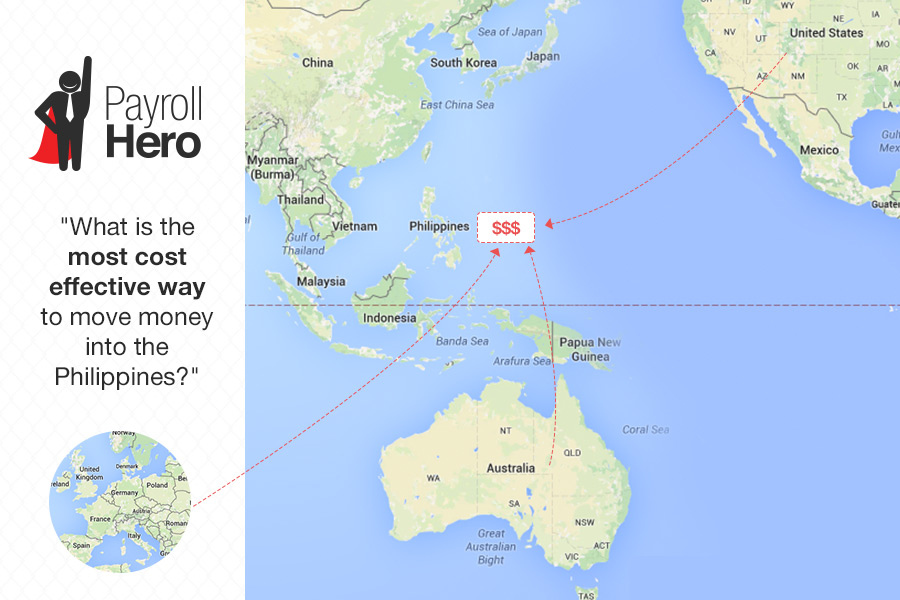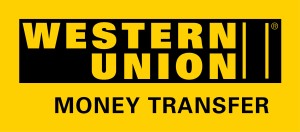Ah… Pumpkins, lanterns, cute kids running around wearing superhero or monster costumes… That’s your queue that Halloween is right around the corner.
And this year, we @ PayrollHero feel that it’s going to be extra fun and exciting!
Why you might ask?
CASE IN POINT: Restaurants with Halloween Specials!
We’re featuring 2 of our favourite restaurants in this post: Que Pasa Naga and Krispy Kreme Philippines
These two have extra awesome Halloween themed gimmicks which aims to excite and bring a mixture of joy and FEAR (okay, not really) to Filipinos this time of the year.
So… anyone ready for a spooky-sensational dining experience
¿Que Pasa?
If you find yourself in Naga City, there’s absolutely no reason not to drop by and enjoy a mouth-watering meal at ¿Que Pasa?.
¿Que Pasa? is a food joint in Barlin Street, 4400 Naga City which serves delicious Bicolano Colonial Cuisine which is a mix of Bicolano and Spanish flavors.
What they are most famous for though are their BARBECUES.
Here’s an excerpt from their Facebook page:
O-kay! Now we got that out of the way, here’s what they are doing this Halloween:
#DiaDeLosMuertos
If ever you’re in town on October 31st (2015), you can drop by to ¿Que Pasa? wearing your best Halloween costume and dine for FREE. This promo is only available for the first 155 customers so you better get ready!
They will also be giving away prizes during the #DiaDeLosMuertos.
P2,000!? That’s one Happy Halloween indeed!
If you’re wondering what will be served… Aside from their must-try barbecues of course, they will also be unveiling 2 NEW dishes on the 31st.
There’s absolutely no reason to miss this event if you’re anywhere near Naga City.
But if don’t happen to be in Naga, and you still want to experience some awesome Halloween dining experience, you’re in luck because Krispy Kreme Philippines wants to SPOOKIFY (if that’s a real word) your dessert!
DDDooouughhhnnuttss ooouutt!! Needd #MadForMonsters trreeatsss… ooohh yeeaah! Krispy Kreme hassss theem! pic.twitter.com/vW3OlKDFts
— Krispy Kreme PH (@hotlightgirl) October 26, 2015
Yep, Krispy Kreme brings your favorite monsters to life, such as Frankenstein above. Who btw, somehow managed to take over the Twitter account of Krispy Kreme PH!
Take a look at some of their Halloween-themed donuts!
Heeree #MadforMonsters doughhnuttt. Geeet at Krispy Kreme iff yuoo #MadForFrankie tooooo! Yummmm. pic.twitter.com/7CYlaod5EJ
— Krispy Kreme PH (@hotlightgirl) October 17, 2015
They have the Scarecrow donut, Mummy, Worms, Fangs, and the very iconic Pumpkin-themed donuts.
And here’s my personal favorite, the Frankie donut – hiding inside my paperbag! Not only is it really cute (ironically!), It tastes really good. You should definitely try it!
Oh, and YOU CAN WIN A FREE Frankie donut (or any other Halloween donut of your choice) too!
Just join Krispy Kreme’s “Magic Money” promo to enjoy their Halloween donut for FREE.
Here’s how:
Krispy Kreme Philippines sure know how to celebrate Halloween, and they want you to join in on the fun. Give them a visit while these Halloween-themed donuts are still available! They might not be in stores for long!
Enjoy Your Halloween!
Aside from Que Pasa Naga and Krispy Kreme Philippines, there are other restaurants and food joints celebrating the Halloween vibes. Rest assured, you’re going to have an extra awesome Halloween this 2015, thanks to these cool Philippine restaurants who knows how to have some fun and celebrate Halloween.
The PayrollHero team wishes you an exciting Halloween! Tweet us and let us know how it goes!
















 Today, we bring you accounting and payroll BPO executive Stefan Vermeulen, CEO of
Today, we bring you accounting and payroll BPO executive Stefan Vermeulen, CEO of 














 Two weeks ago, Presidential Spokesperson Edwin Lacierda
Two weeks ago, Presidential Spokesperson Edwin Lacierda 
